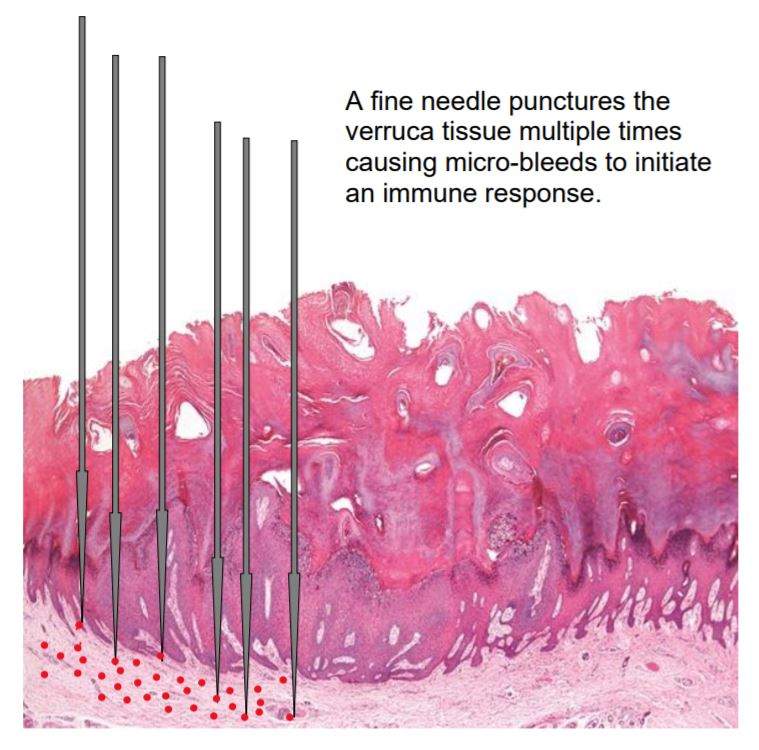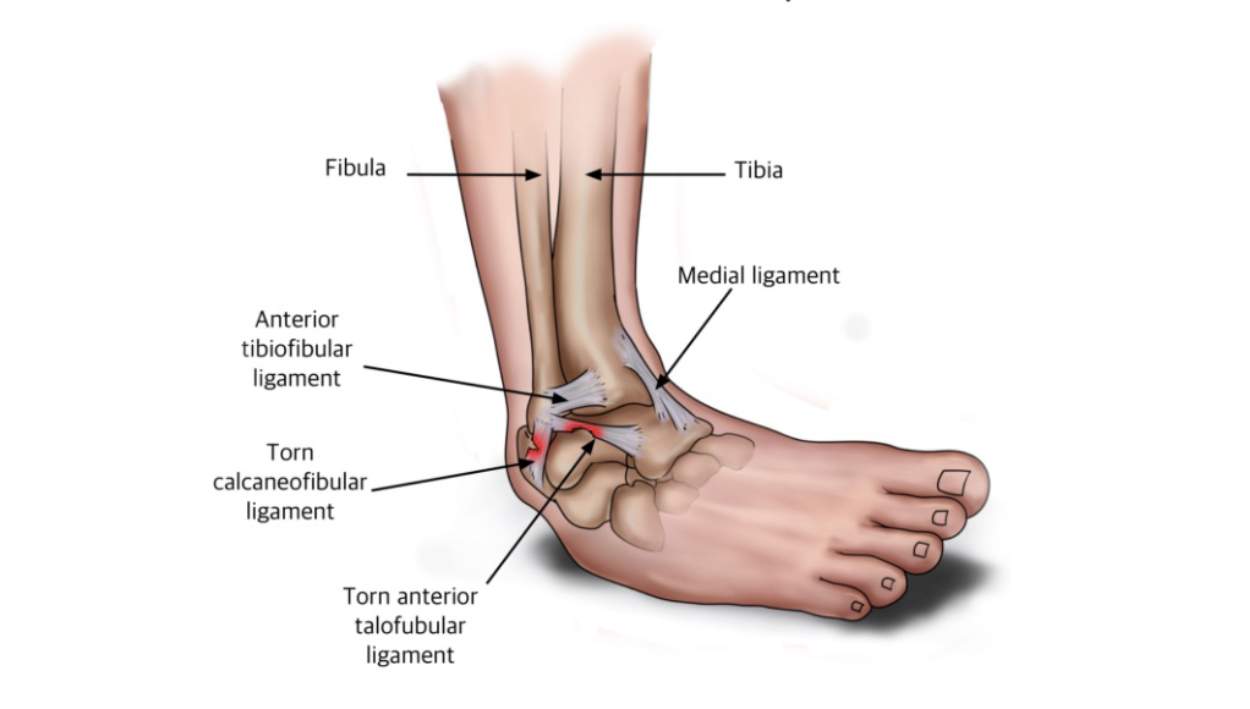
Ankle Sprains
Ankle sprains are very common injuries with more than one million suffered each year in the UK. They occur when the ligaments in the ankle are severely stretched or torn. Medical attention will be necessary to rule out a fracture, as often it is difficult to tell the full extent of the injury.
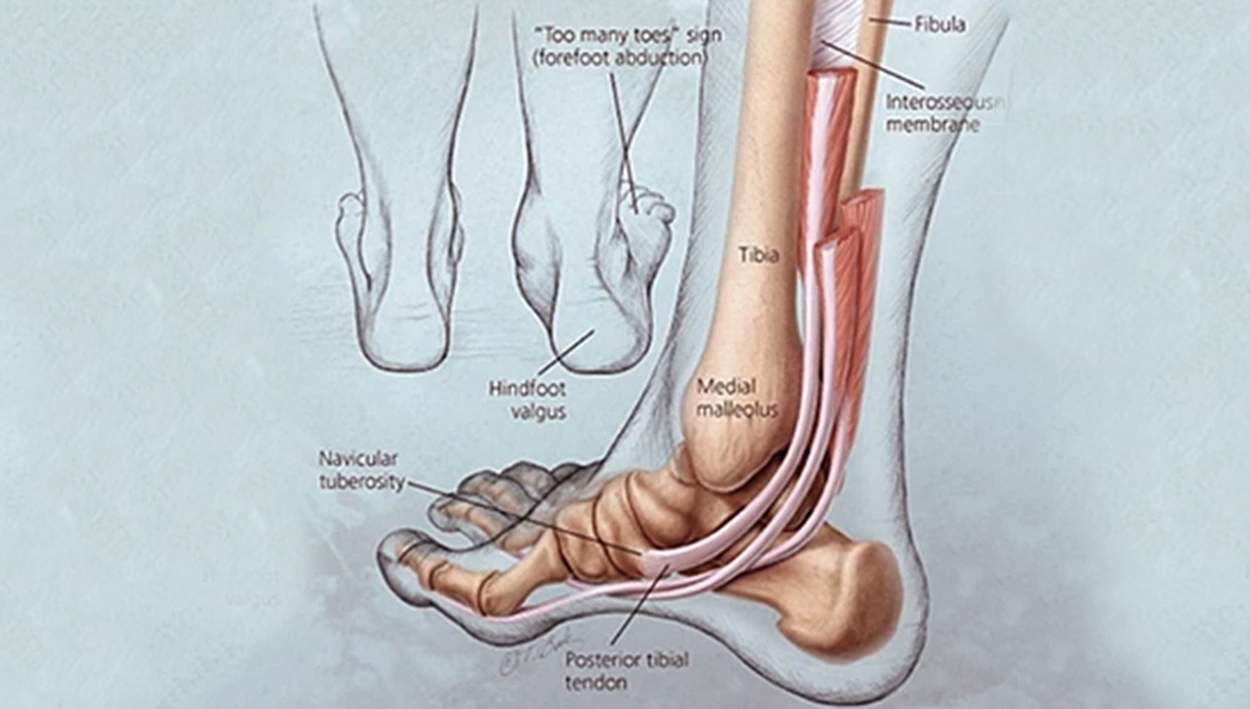
Flat Feet
You have flatfeet when the arches on the inside of your feet are flattened, allowing the entire soles of your feet to touch the floor when you stand up. A common and usually painless condition, flatfeet can occur when the arches don’t develop during childhood. In other cases, flatfeet develop after an injury or from the simple wear-and-tear stresses of age.
Flatfeet can sometimes contribute to problems in your ankles and knees because the condition can alter the alignment of your legs. Flatfeet are usually associated with lower limb muscle imbalance.
Treatment includes exercises to restore normal function, foot orthotics (shoe inserts) may be used.
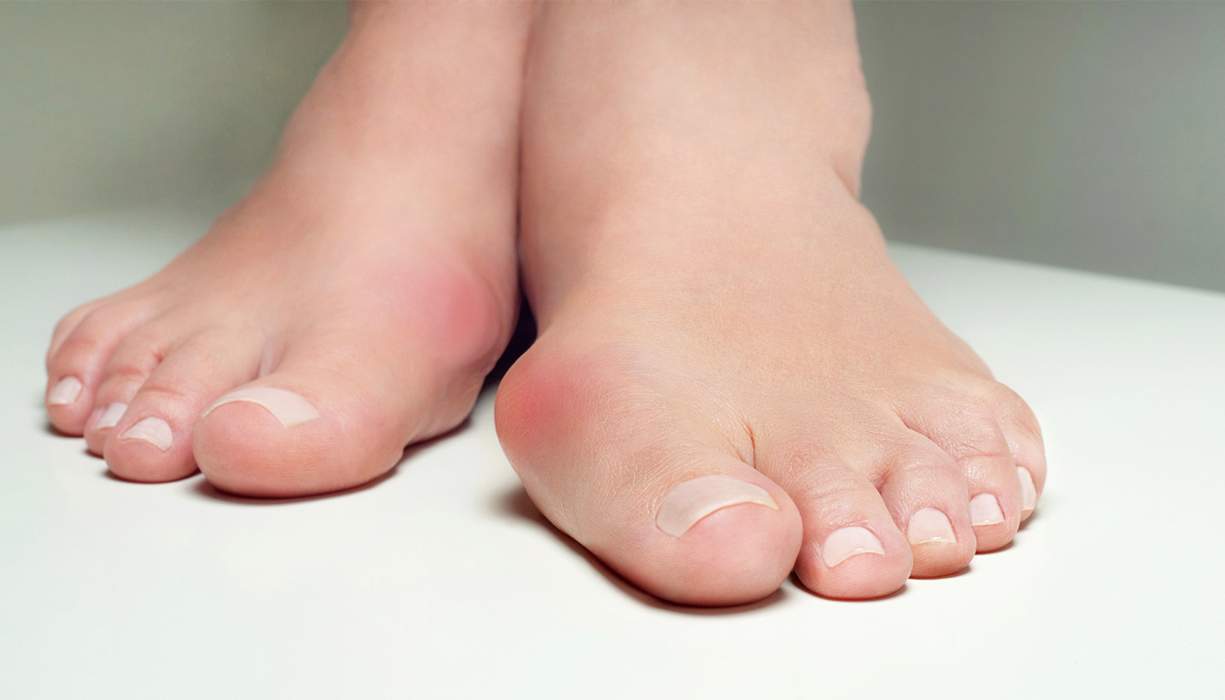
Bunions
A bunion is a bony bump that forms on the joint at the base of your big toe. It occurs when some of the bones in the front part of your foot move out of place. This causes the tip of your big toe to get pulled toward the smaller toes and forces the joint at the base of your big toe to stick out. The skin over the bunion might be red and sore. This is a progressive condition caused by mid-foot instability and is made worse by inward pressure from tight shoes. Bunions can be very painful
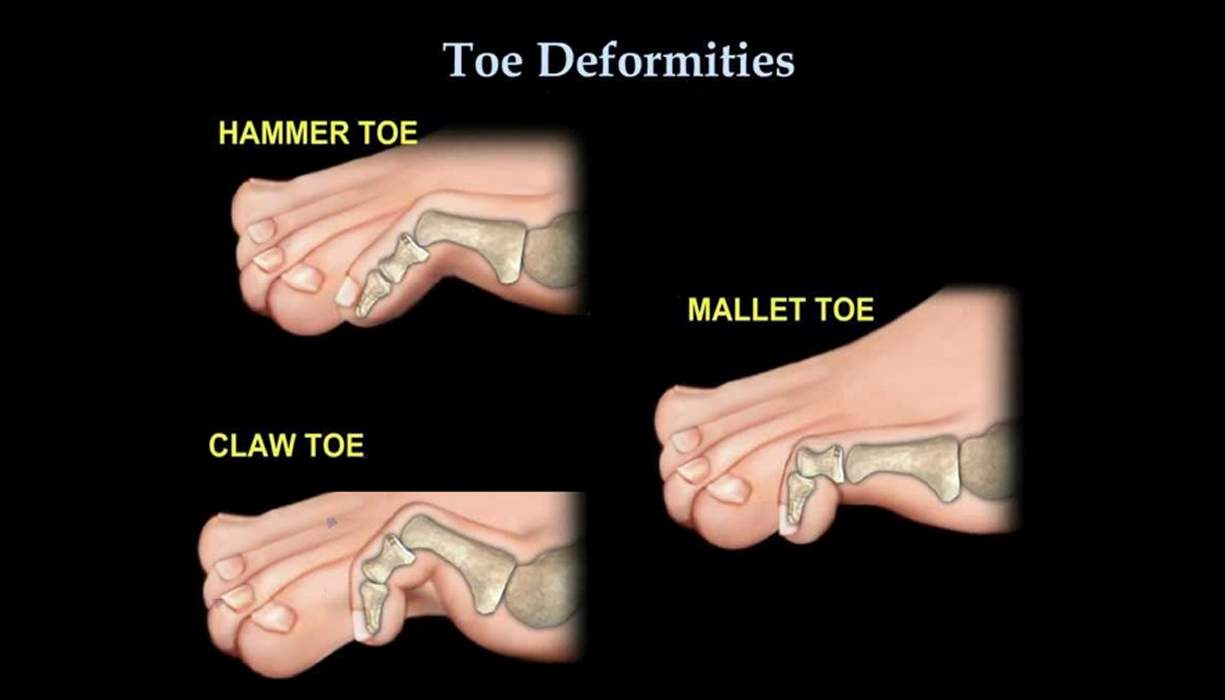
Toe Deformities ( Hammer Toe, Mallet Toe, Claw Toe)
Toe deformities develop when one or more of the toes having a bend in the ball joint (MTPJ), middle or end joints or a combination; as in the diagram above. These occur due to an imbalance in the muscles, tendons or ligaments that normally hold the toe straight. The type of shoes you wear, foot structure, trauma and certain disease processes can contribute to the development of these deformities.A hammertoe has an abnormal bend in the middle joint of a toe.
A mallet toe affects the joint nearest the toenail.
A claw toe usually affect the ball joint (MTPJ), middle or end joints of the toe.
Hammertoes, mallet toes and claw toes usually occur in your second, third and fourth toes.
A flexible deformities may be conservatively managed.

Metatarsalgia
Metatarsalgia is a condition in which the ball of your foot becomes painful and inflamed. You might develop it if you participate in activities that involve running and jumping. There are other causes as well, including foot deformities, mechanical instability that can alter forefoot loading and shoes that are too tight or too loose. Treatment will depend on the cause.

Morton’s neuroma
Morton’s neuroma is a painful condition that affects the ball of your foot, most commonly the
area between your third and fourth toes.
Morton’s neuroma may feel as if you are standing on a pebble in your shoe or on a fold in your sock.
Morton’s neuroma involves a thickening of the tissue around one of the nerves leading to your toes. This can cause a sharp, burning pain in the ball of your foot. Your toes also may sting, burn or feel numb.

Diabetes and Your Feet
Diabetes is a systemic illness that can affect many different parts of the body. This is especially true for the feet. Proper foot screening is incredibly important for diabetic patients and any kind of cut or sore should be taken very seriously. A small cut may not heal and develop into an ulcer putting the limb at risk.
Osteomyelitis is an infection in a bone. Infections can reach a bone by traveling through the bloodstream or spreading from nearby tissue. Infections can also begin in the bone itself if an injury exposes the bone to germs.Smokers and people with chronic health conditions, such as diabetes or kidney failure, are more at risk of developing osteomyelitis. People who have diabetes may develop osteomyelitis in their feet if they have foot ulcers.Although once considered incurable, osteomyelitis can now be successfully treated. Most people need surgery to remove areas of the bone that have died. After surgery, strong intravenous antibiotics are typically needed.
Diabetic neuropathy is a type of nerve damage that can occur if you have diabetes. High blood sugar (glucose) can injure nerves throughout your body. Diabetic neuropathy most often damages nerves in your legs and feet.Depending on the affected nerves, diabetic neuropathy symptoms can range from pain and numbness in your legs and feet to problems with your digestive system, urinary tract, blood vessels and heart. Some people have mild symptoms. But for others, diabetic neuropathy can be quite painful and disabling.Diabetic neuropathy is a serious diabetes complication that may affect as many as 50% of people with diabetes. But you can often prevent diabetic neuropathy or slow its progress with consistent blood sugar management and a healthy lifestyle.
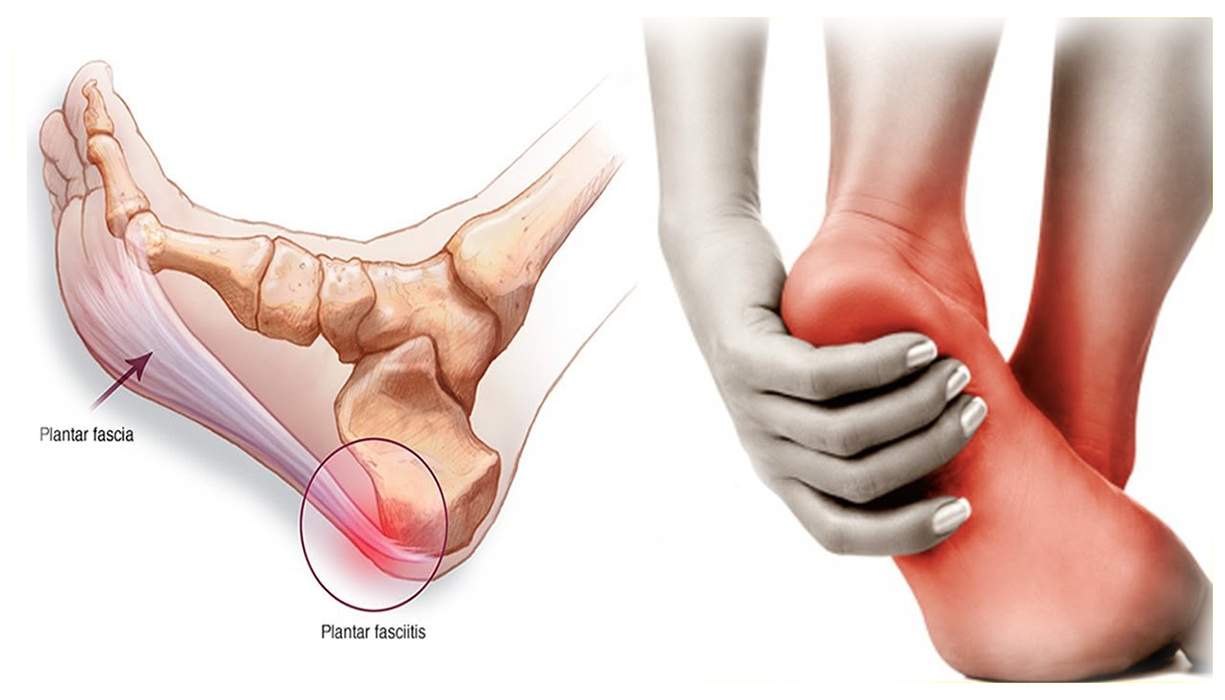
Plantar Fasciitis (Fasciopathy)
Plantar fasciitis is one of the most common causes of heel pain. It involves inflammation of a thick band of tissue that runs across the bottom of your foot and connects your heel bone to your toes (plantar fascia).
Plantar fasciitis commonly causes stabbing pain that usually occurs with your first steps in the morning. As you get up and move, the pain normally decreases, but it might return after long periods of standing or when you stand up after sitting.

Ingrown Toenails
Ingrown toenails are a common condition in which the corner or side of
a toenail grows into the soft flesh.
The result is pain, redness, swelling and, sometimes, an infection. Ingrown toenails usually affect your big toe.
Often you can take care of ingrown toenails on your own. If the pain is severe or spreading, we can take steps to relieve your discomfort and help you avoid complications of ingrown toenails.
In most cases Conservative treatment is offered, however in some cases a minor procedure under local anesthetics is required to removed a small section of the nail followed by chemical oblation of the nail bed and martix to avoid recurrence . If you have diabetes or another condition that causes poor blood flow to your feet, you’re at greater risk of complications of ingrown toenails.

Achilles tendinitis (Tendinopathy)
The pain associated with Achilles tendinitis typically begins as a mild ache in the back of the leg or above the heel after running or other sports activity.
Episodes of more-severe pain may occur after prolonged running, stair climbing or sprinting. You might also experience tenderness or stiffness, especially in the morning, which usually improves with mild activity.
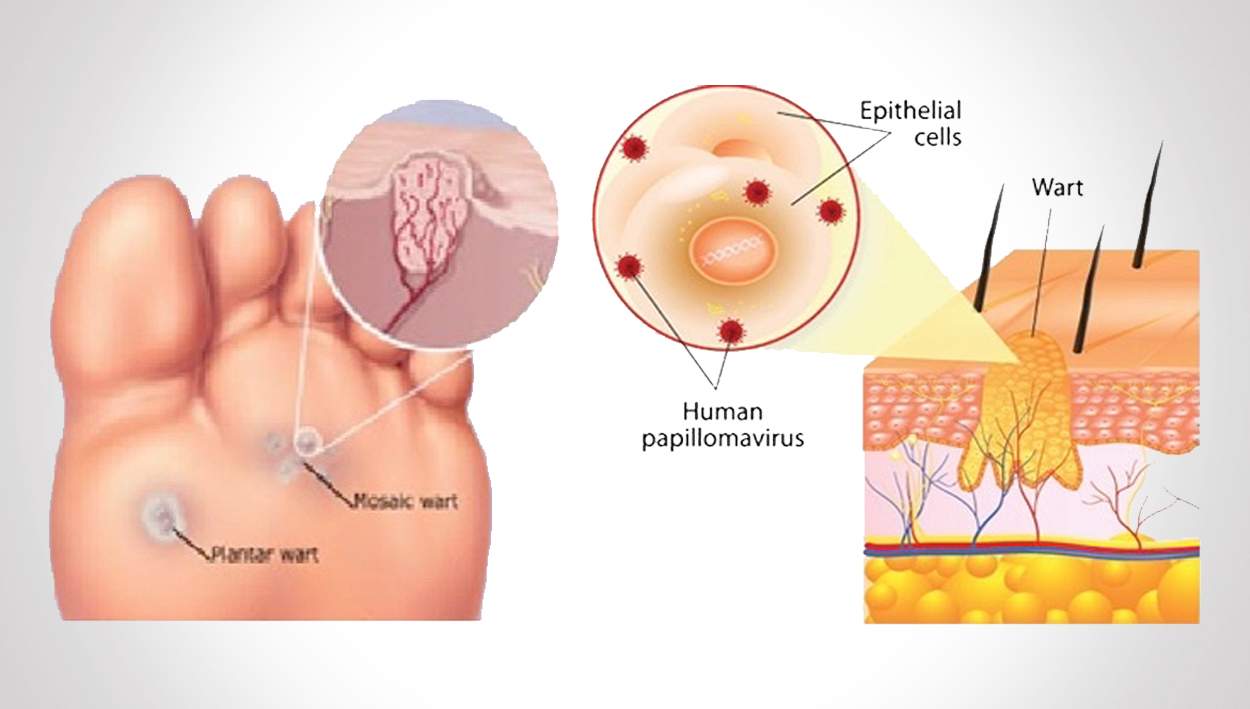
Verruca
Verrucae are plantar warts that commonly occur on the soles of the feet or around the toe area. They are caused by the Human Papilloma Virus (HPV) which is highly contagious through direct person to person contact. There are various forms of HPV which all relate to various parts of the human body.
The virus enters your body through tiny cuts, breaks or other weak spots on the bottom of your feet,
Treatment options includes cryotherapy (freezing), Dry needling, and surgical excision.
Cryotherapy
What is cryotherapy?
The term ‘cryotherapy’ literally means ‘treatment using low temperature’ and refers to the removal of skin lesions by freezing them. The most common product used is liquid nitrogen.
What does the procedure involve?
Nitrogen oxide is applied to the skin by using a device known as a CryoPen.
Although there is slight local pain felt, cryotherapy does not normally require a local anaesthetic, and the procedure itself lasts a matter of seconds; the precise time depends on the thickness and size of the lesion. The frozen skin becomes white and takes one to two minutes to thaw back to normal skin temperature. Your clinician may suggest that the process be repeated once the skin has thawed. After a few days, a scab will form, and this will take one to two weeks to fall off (occasionally a little longer, especially on the feet). Usually, the treated area will eventually look normal, although scarring and discolouration is possible, however not common particularly on the lower legs and feet.
Depending on the nature of the lesion, more than one treatment may be necessary, and this is usually repeated at regular intervals. For plantar warts (verrucae) the treatment is usually repeated every 2-3 weeks till the lesion has resolved.
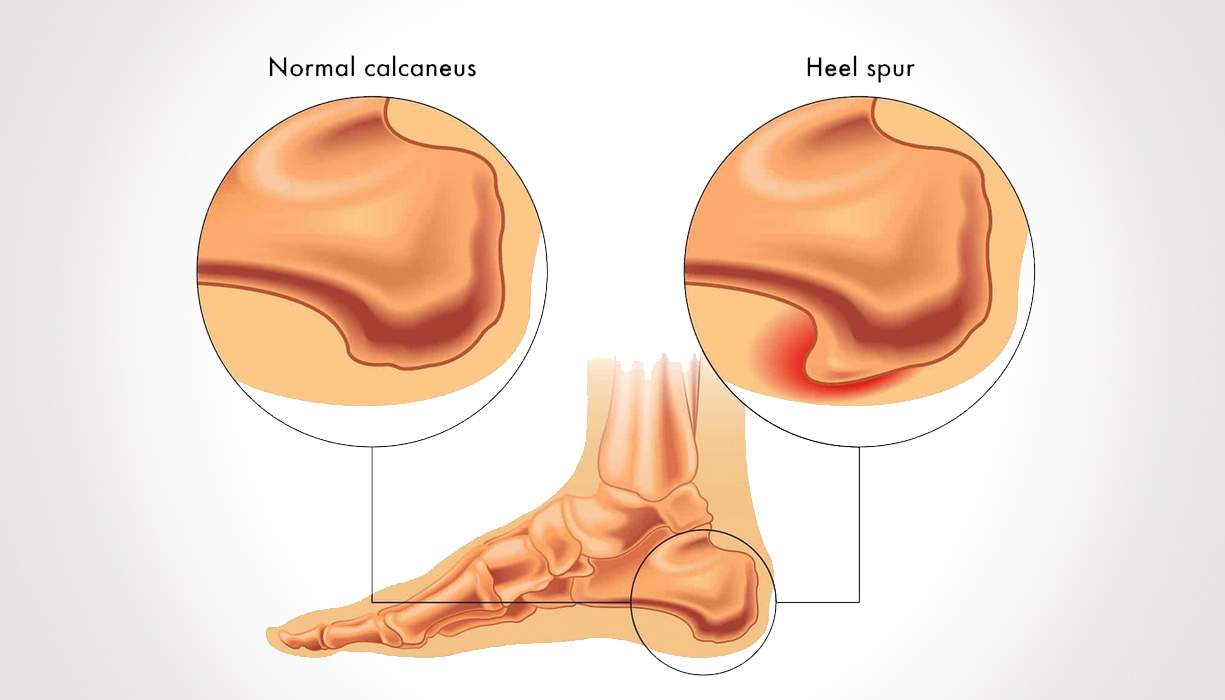
Heel Spurs
A heel spur is a bony protrusion that occurs on the heel. It is often confused with plantar fasciitis, which is inflammation of the plantar fascia ligament. When a heel spur is painful it can make it quite difficult to walk.
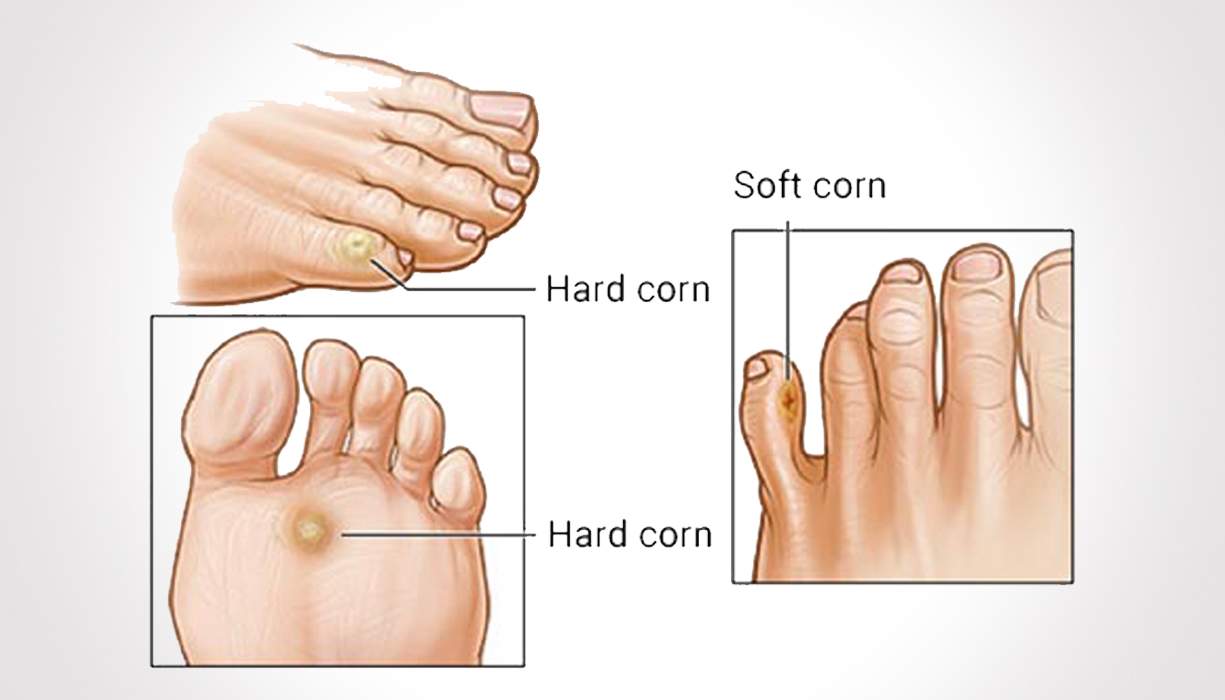
Corns
Corns and calluses are hard layers of skin that usually form due to friction. Generally, they will be in areas of the foot that are bearing weight, or areas that frequently rub against the shoe. Soft corns are typically found between the toes.
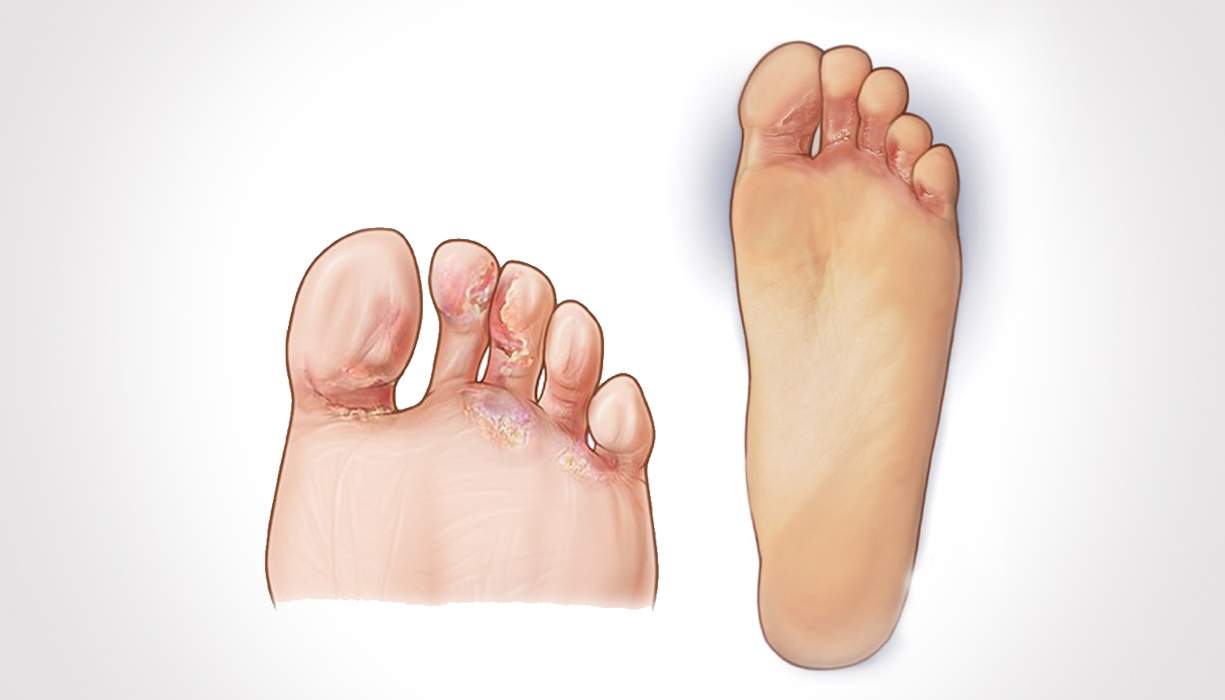
Athlete’s Foot
Athlete’s foot is a very common fungal infection that affects countless people around the world. It will manifest itself on the skin of the foot, in many cases in between the toes. Because fungi proliferate in warm, damp environments, keeping the feet clean and dry is of utmost importance in avoiding athlete’s foot.
Dry Needling
This is the treatment of choice where the Verrucae cover a large surfce area of the foot.Needling for verruca is a relatively simple procedure and has been used for over 40 years. First described in 1966 by Gordon Falknor, an American podiatrist, who in eight months treated 126 verrucae with only two recurrences. Verrucae remain in the outer layers of the skin, away from detection by the body’s immune system; this explains why verrucae can be so resilient.The needling procedure is carried out painlessly, under local anaesthetic which is used to numb the affected area. Once both the patient and the podiatrist are happy the area is sufficiently pain free a hypodermic needle is used to cause repeated trauma to the verruca. The aim of this is to implant the virally infected cells deeper in to the tissue where it is quickly detected by the immune system and an immune response is stimulated.
The needling procedure usually only requires a single application, but in some cases further treatment is necessary.
Post-operatively the lesion has the appearance of a dry blood blister and most patients experience little, if any, discomfort.
A scab forms after the treatment which takes about 4 weeks to drop off.
No treatment is, however, 100% but the body of clinical evidence supporting the effectiveness of this treatment is growing all the time and more than one treatment may be
required.
